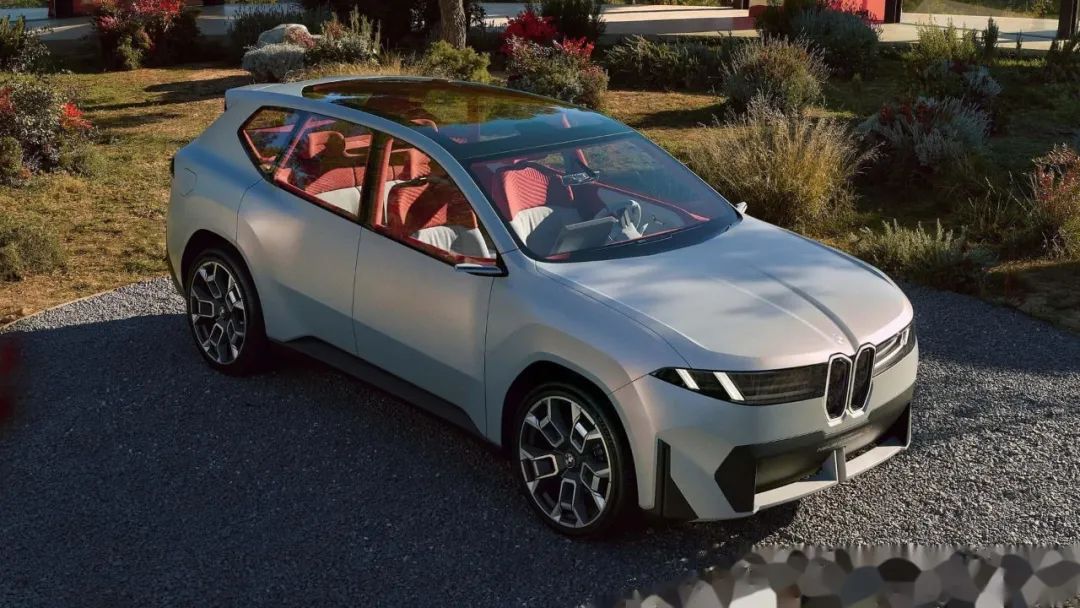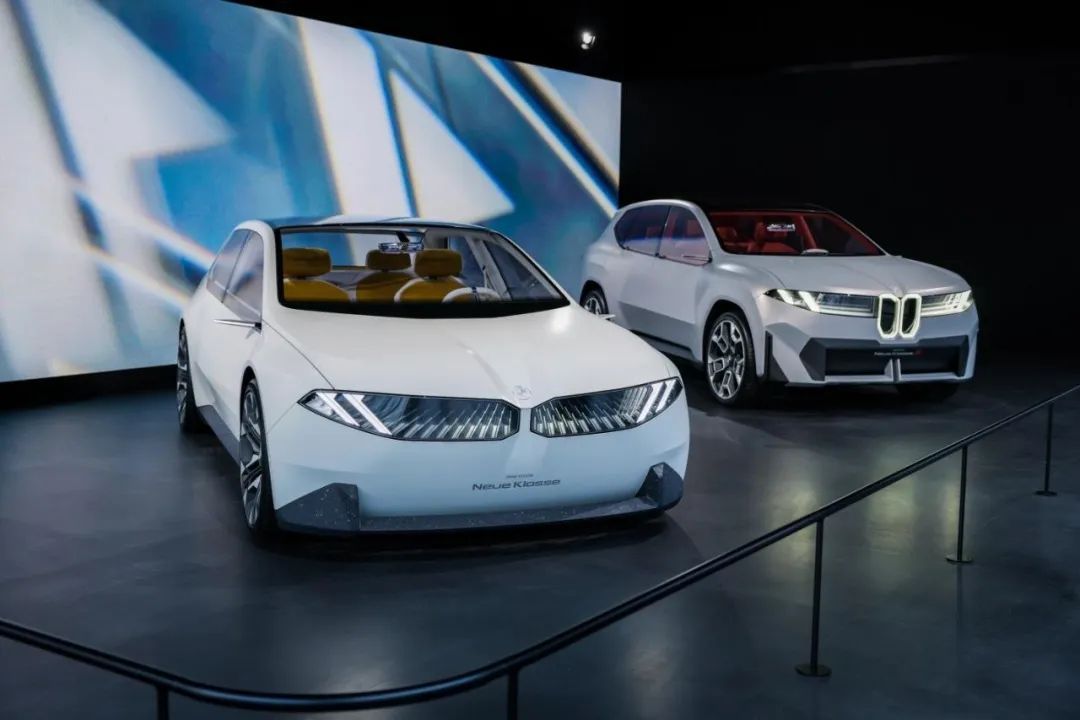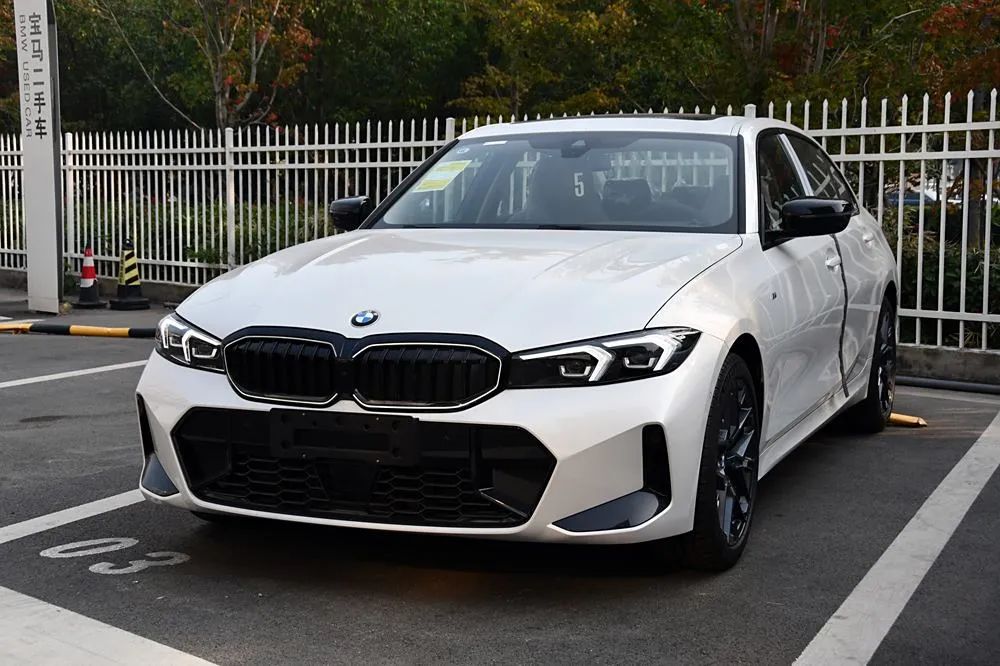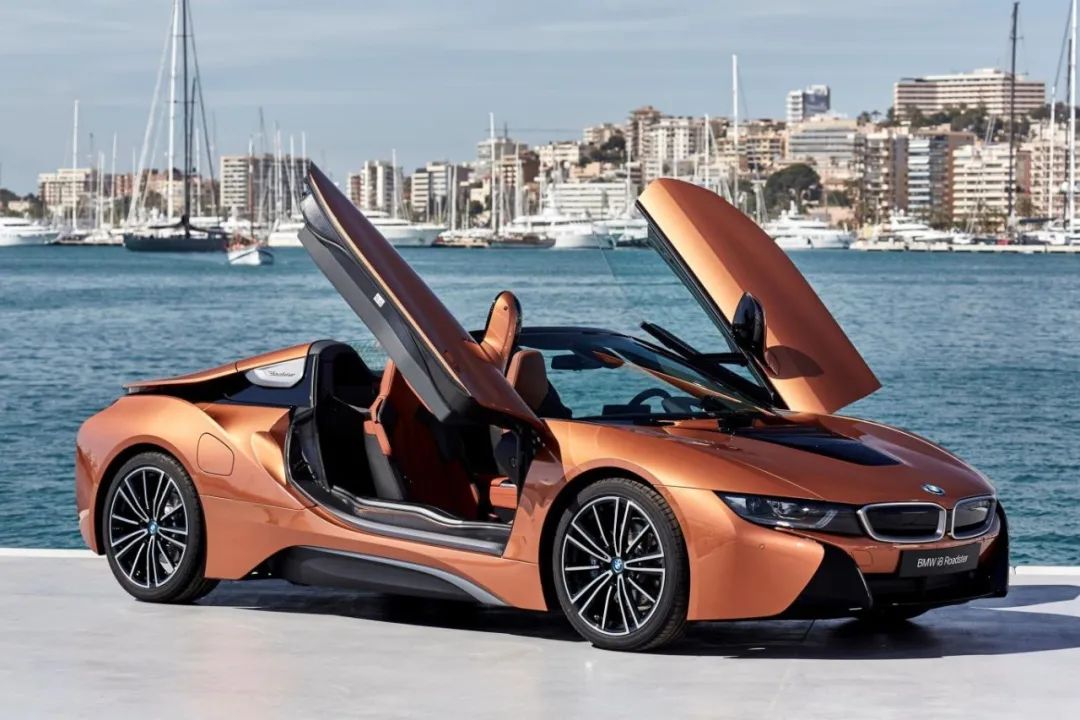BMW Adjusts Sales Forecasts: Down on Domestic EVs, Up on ICE Vehicles
![]() 05/26 2025
05/26 2025
![]() 573
573

From late last year through the first quarter of 2025, BMW China has strategically focused on reducing its estimated sales projections for electric vehicle (EV) models while increasing those for internal combustion engine (ICE) vehicles.
This strategic recalibration comes as BMW prepares to introduce its next-generation EVs and ICE vehicles in China. Amidst this pivotal period, BMW China is "easing the throttle" on its EV sales to prevent the new EV models from repeating the pricing missteps of the i3 and iX3.
Author | Cao Lin
Editor | Mao Shiyang
Original content by AutoPixel (ID: autopix)
01.
BMW Actively Adjusts EV Sales Forecasts
Traditional automakers that once aggressively set targets for electrification are now making significant adjustments.
AutoPixel learned from a source close to BMW China's supply chain that the company has revised downward its estimated future sales for EV models in China. This applies to both the current EV offerings from BMW and MINI brands, as well as the upcoming BMW next-generation EVs set to launch in 2026.
During the early stages of a new vehicle project, BMW provides a forecast for the product's entire lifecycle volume. Suppliers at various levels use this initial "dimension" as a benchmark for production planning, cost accounting, and even pricing. Significant reductions can lead to suppliers earning less than anticipated or even incurring losses.
Therefore, this is a binding commitment. If the reduction exceeds the agreed limit between BMW and the supplier, the supplier has the right to seek compensation from BMW or other upstream parties in the supply chain. Currently, the reduction in estimated sales for some BMW and MINI EV models exceeds 20%, meaning BMW China may face claims from some parts suppliers this year.
A source close to BMW's supply chain revealed that BMW has been progressively lowering its estimated future sales since 2024, and supply chain enterprises have formed a psychological expectation for further reductions. However, the most recent round, spanning from the second half of last year to the first quarter of this year, witnessed a larger reduction compared to previous periods.
While reducing the estimated sales for EVs, BMW has increased its projected future sales for certain ICE vehicles, including next-generation models.

▍Two Neue Klasse Concept Cars
Starting in the second half of this year, BMW's next-generation EV model, the Neue Klasse iX3 (codename NA6), will enter mass production at a factory in Hungary. Next year, the NA0 (corresponding to i3), NA6, and its long-wheelbase version (codename NA8) will be mass-produced and launched in China. Both NA0 and NA6/NA8 are available exclusively as battery electric vehicles (BEVs).
Following these models, BMW's ICE vehicles will keep pace with the update cycle of EVs. For example, the G78 (i.e., iX5/X5), also belonging to the Neue Klasse architecture, is expected to be mass-produced in China next year. This model will be available in both BEV and ICE versions. In the first quarter of this year, the BMW China team initiated the development of the G67 (i.e., iX7/X7), expected to be mass-produced and launched in 2027, also in both BEV and ICE versions.
The Neue Klasse models mark a new milestone in BMW's EV strategy. Compared to BMW's current EV models, the Neue Klasse EVs feature a centralized E/E architecture, offering a level of intelligence on par with most new automotive entrants. While integrating several domains, BMW has retained an independent system called "Heart of Joy" to highlight the driving pleasure that distinguishes its EVs from competitors.
BMW has high aspirations for its Neue Klasse products, as evidenced by the naming. In automotive history, Neue Klasse refers to BMW's renowned products from the 1960s to 1970s, marking the transition from a relatively ordinary car brand to a luxury brand.
Ahead of the arrival of the new generation of Neue Klasse models, BMW China needs to adjust its overly optimistic EV sales projections to avoid continuing to engage in an exhausting price war.
02.
Exhausting Price War
BMW has rarely made mistakes in its sales projections in the past. According to BMW's past experience, the actual production and sales volume of a product typically exceeds the predicted value, with the predicted value rarely being unattainable.
However, BMW's expectations for EVs may have been too ambitious.
BMW's electrification transformation goals were first officially announced at the financial report meeting in March 2023. In the first year of implementation, BMW Group aimed for EVs to account for 15% of total sales in 2023. Subsequently, by 2030, EV models were to comprise more than 50% of BMW Group's global annual deliveries. To underscore its commitment to transformation, BMW announced early last year that it would cease production of ICE vehicles at its headquarters in Munich, Germany, by 2027.
There is a significant gap between these goals and reality. By 2024, BMW sold 427,000 EVs globally, accounting for about 17.4% of total sales. In the first quarter of this year, BMW's global EV sales increased significantly by 32.4%, but they still only accounted for about 18.4% of total sales. However, according to the goals, EVs should account for 30% of BMW's annual sales by 2025, translating to around 750,000 EVs sold throughout the year, nearly doubling the previous year's figure.
BMW operates on a plan-oriented production and sales system. In the short term, it is challenging to dynamically adjust production based on sales. Consequently, BMW has continuously reduced prices in major markets to align closer with its initial plans.
Competition in the EV market is more brutal than anticipated, especially in the domestic market. From the second half of 2023 to the first half of 2024, the starting prices of BMW's two main EV models, the iX3 and i3, fell below 200,000 yuan, with some dealers offering discounts of nearly 200,000 yuan on BMW EVs. A BMW China executive told us that by the end of 2023, BMW EVs were almost "selling at a loss on every transaction."
In mid-2023, BMW announced that it would "exit the price war" to maintain the healthy operation of its entire manufacturing and sales system. After nearly a year of adjustment, the current market prices of the i3 and iX3 have recovered to above 250,000 yuan. Correspondingly, BMW has accepted the decline in sales of these EVs. Monthly sales of the i3 have fallen from around 5,000-6,000 units before the first half of 2024 to approximately 2,000 units now.

▍BMW 3 Series
For BMW China, maintaining sales volume remains crucial. Currently, BMW's terminal discounts are inclined towards ICE vehicles with lower costs. For instance, the starting price of the BMW 3 Series is currently 208,000 yuan, and the monthly sales of this model are close to 13,000 units, making it the recent sales champion of the BMW brand. Compared to its EV offerings, BMW has more influence in the ICE vehicle market and is more efficient in price reductions and promotions.
Although restoring price order has been effective, BMW China will struggle to unilaterally maintain the price system without fundamentally adjusting its future plans.
03.
Easing the Throttle on Next-Generation EVs
New automotive entrants have generally established more agile production and sales systems, allowing them to adjust production according to market demand on a quarterly or monthly basis and produce based on sales. An executive close to BMW China told us that the adjustment cycle from market feedback to the production end at BMW is greater than six months, and the overall model remains production-based sales.
In mid-October 2024, the starting price of the EV version of the MINI COOPER was temporarily reduced to 148,800 yuan, a decrease of nearly 40,000 yuan. A person close to the supply chain of Beam Automotive told us that the promotion of the EV MINI spurred sales and was also intended to relieve pressure from the supply chain.
To avoid passively participating in the price war, BMW needs to adjust its old production estimates.
From the second half of this year to next year, BMW will reach a new milestone in its EV strategy – the launch of next-generation models (Neue Klasse) with enhanced product and technological capabilities. Models such as NA6/NA8, NA0, and G78 will be successively introduced.
The product capabilities of the next-generation EVs have significantly improved, adopting an 800V high-voltage platform and the sixth-generation eDrive electric drive system. Notably, they have addressed the shortcoming of intelligence, featuring an electronic architecture that integrates central computing (BMW Brain) with four regional controllers, providing nearly 10 times the computing power of current models.
However, the likelihood of EVs achieving the planned sales share of 50% by 2030 remains slim. With BMW's annual sales of 2.45 million units in 2024, to maintain the target, the next-generation EVs need to generate at least 800,000 additional sales.
Starting in the second half of 2024, BMW executives have adopted a more conservative attitude towards EVs.
When BMW formulated its EV strategy, Tesla, BYD, and even new automotive entrants such as Li Auto and NIO were rapidly expanding their EV offerings. Therefore, European automakers like Volkswagen and Mercedes-Benz set relatively aggressive electrification transformation goals.
Currently, in many global markets, including China, the growth in EV sales is slowing down. Even Tesla, which was the first to achieve advanced intelligence architectures, is witnessing decelerated EV sales growth. Xiaopeng and NIO, which once adhered to the pure EV route, are beginning to revisit ICE engines and prepare to launch extended-range or other forms of hybrid products.

▍BMW i8
BMW was one of the first luxury brands to promote mass-produced EVs, launching two EV models in China in 2014. One represented ultimate economy, the first-generation i3, and the other represented ultimate performance, the electric sports car i8.
In 2024, BMW Group invested 9.1 billion euros in R&D, a year-on-year increase of 17.1%. Most of this increase was allocated to electrification and intelligence. This indicates that BMW's direction towards exploring Smart EVs has not changed, but what needs adjustment is its transformation strategy and overly optimistic expectations for EV models.
This is original content by AutoPixel (autopix). Unauthorized reproduction is prohibited.








